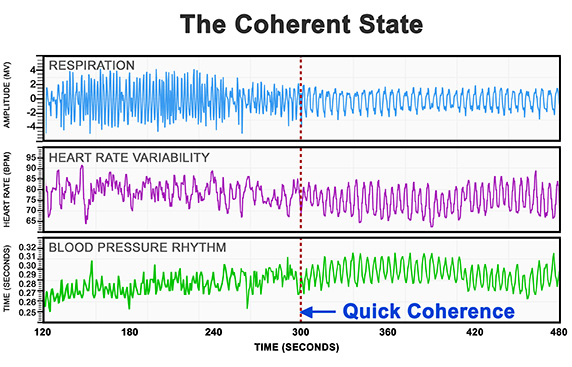
The challenge is how we manage or regulate these difficult emotions in a time that is constantly unmooring us from our established way of doing things and our regular supports. Firstly, acknowledge that the reactions of fear, anger and grief are natural human responses.Some of the ways to cope with grief that Jenée suggested are: She contended, however, that there are ways to replenish ourselves, rebuild our energy and achieve emotional regulation. While Jenée acknowledged that the pandemic and associated events impacted individuals differentially, grief was a common outcome – a sense of loss of people, a way of life and/or positive memories. Lise Van Susteren describes as “ emotional inflammation”. She maintained that the pandemic created a “tsunami of emotions” which Dr. Jenée spoke of grief, whether personal or collective grief, as depleting and “an energy expenditure”. However, her brother died not only from the isolation associated with the pandemic but also from post-traumatic stress disorder (PTSD) resulting from 9/11. Jenée experienced the added personal grief of the death of her brother – an experience I can relate to with the recent death of my brother Pat. She mentioned that she had been well equipped for the pandemic – having the solidity of a house, finances, nutrition, supportive partner, work and a relevant skillset – but she too found the pandemic “unmooring”.

In her talk, Honoring Grief with Your Whole Heart, she highlighted the collective grief resulting from the pandemic and offered processes and tools to cope with grief, whether pandemic-driven or the result of life’s normal circumstances. Continue this for about one minute.Jenée Johnson, mindfulness trainer and visionary leader in the public health space, gave an enlivening and inspiring presentation during the current Healing Healthcare: A Global Mindfulness Summit. Breathing a little slower and deeper than usual, breathe in for 5 or 6 seconds and breathe out for 5 or 6 seconds. Imagine your breath is flowing in and out of your heart or chest area. Conversely, an equal amount of research has shown, as the authors wrote, “An unhealthy lifestyle is thought to precede health problems, while the other measures are already signs of a health risk.”įocus your attention in the area of the heart.

This simple tool has been shown in numerous studies at HMI over more than two decades to ease stress in the moment.Ī wealth of research has shown lower stress levels along with healthy lifestyles can help you feel and perform better on a daily basis and even can be significant factors in longevity. The protocol, in which participants’ breathing rhythm was paced at six breaths per minute, has some similarity to, but was not the same as HeartMath’s Heart-Focused Breathing ® Technique, McCraty observed.Ĭountless individuals across nearly every continent have experienced the physical, emotional and mental benefits of HeartMath’s Heart-Focused Breathing ® Technique, which is a core component of all HeartMath System tools and technology. This combination is a challenge task of sorts that asks the question, what is the max HRV their system can produce at the time of the assessment?” “In the assessment, the breath is paced and the participants are instructed to breathe as deeply as they can. HeartMath Institute (HMI) Director of Research Dr. Rollin McCraty, one of the scientists who conducted the study, explains the breathing protocol. The subjective measures above were correlated with the objective measure of HRV, assessed when participants performed the one-minute paced deep-breathing protocol. Biometry, including BMI (body mass index), waist circumference, blood pressure, glucose and cholesterol), also was measured.

Personal and job characteristics, work ability, psychological and mental problems and lifestyle were measured with questionnaires. (HRV, a measure of the consecutive differences in time between heartbeats.)Īfter narrowing the original 1,420 invitees due to various factors, a final total of 877 workers from 14 companies in the Netherlands participated. It was intended to be a first step to studying the value of using HRV measures in a workers’ health assessment (WHA). The study, Exploring a 1-Minute Paced Deep-Breathing Measurement of Heart Rate Variability as Part of a Workers’ Health Assessment, explored associations between a compressed measure of HRV and health-related parameters. “This is the first study,” the researchers explained, “to explore a 1-minute paced deep-breathing HRV protocol as an objective screening measure for multiple future health issues in a working population.” The researchers who conducted a recently published study using a short breathing protocol to measure heart rate variability (HRV) in a large group of Dutch workers say it’s the first of its kind.


 0 kommentar(er)
0 kommentar(er)
